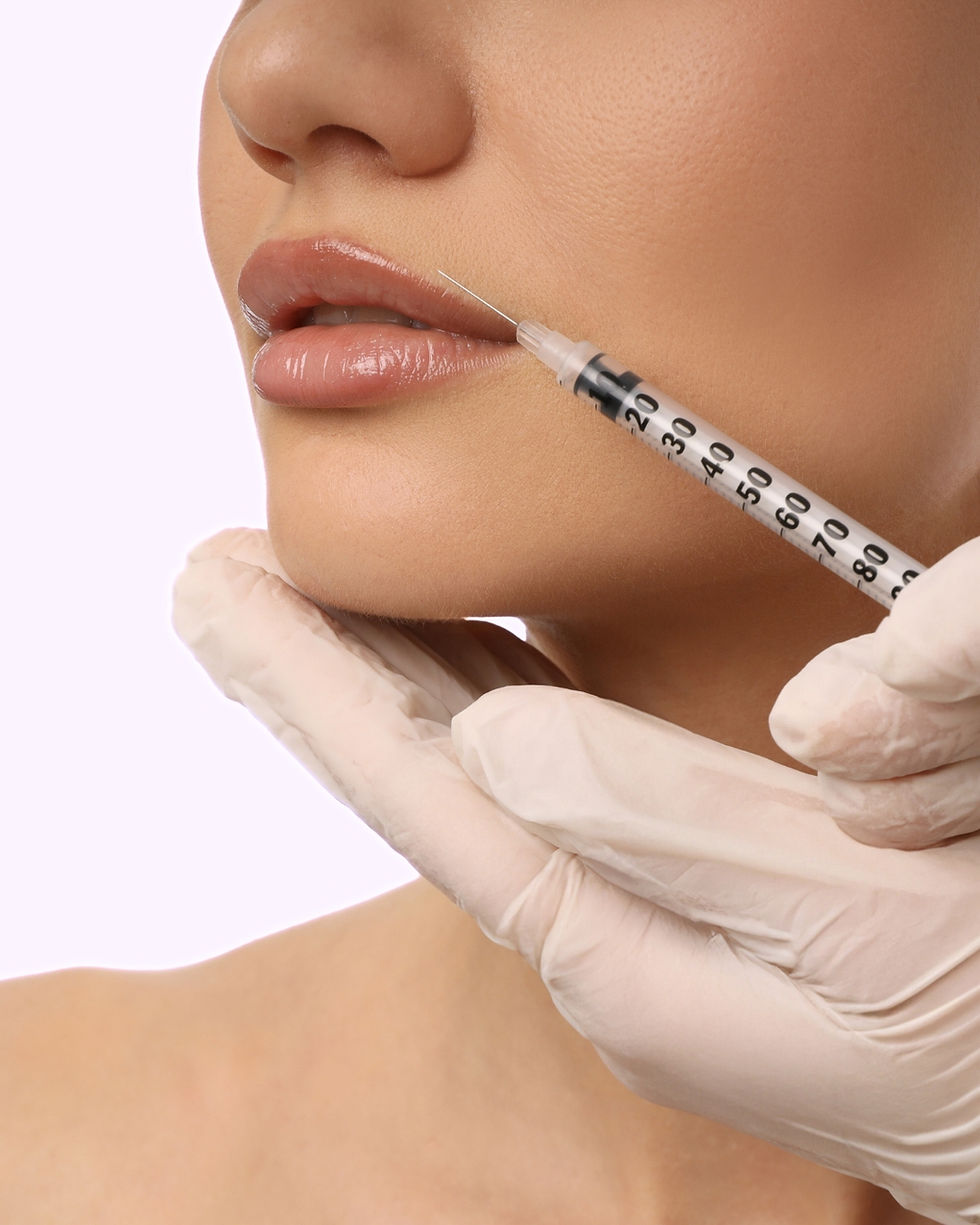Types and Benefits of Facial Fillers
- David LeFave
- Jan 20, 2025
- 2 min read

Facial fillers have revolutionized the world of cosmetic enhancements, offering a non-invasive way to restore volume, smooth wrinkles, and enhance facial contours. With various options available, it’s easier than ever to achieve natural-looking, youthful results tailored to your unique needs.
Dr. Robert Schwarcz, with offices on the Upper East Side of Manhattan in NYC and Rye, NY, specializes in facial fillers, helping patients enhance their natural beauty with precision and care.
Types of Facial Fillers
Hyaluronic Acid (HA) Fillers
Examples: Restylane, RHA.
Uses: HA fillers are versatile, addressing everything from fine lines to volume loss in areas like the lips, cheeks, and under-eyes.
Benefits: Naturally hydrating, these fillers provide soft, flexible results and are reversible if adjustments are needed.
Calcium Hydroxylapatite (CaHA) Fillers
Example: Radiesse.
Uses: Best for deeper lines, wrinkles, and restoring volume in areas like the cheeks or jawline.
Benefits: Stimulates natural collagen production, offering longer-lasting results.
Poly-L-Lactic Acid Fillers
Example: Sculptra.
Uses: Ideal for addressing significant volume loss and improving skin texture over time.
Benefits: Gradually stimulates collagen production, providing subtle, long-lasting improvements.
Collagen-Based Fillers
Uses: Used for fine lines and shallow wrinkles, though less common today due to the popularity of HA fillers.
Benefits of Facial Fillers
Non-Invasive with Minimal Downtime
Most filler treatments take under an hour and require no recovery time, making them perfect for busy schedules.
Customizable Results
Fillers can be tailored to enhance specific areas, whether you’re looking for subtle definition or a dramatic transformation.
Natural-Looking Enhancements
With the right technique, fillers enhance your features while maintaining your natural beauty.
Stimulates Collagen Production
Many fillers, such as CaHA and poly-L-lactic acid, encourage your body to produce collagen, leading to long-term improvements.
Reversible Options
HA fillers can be dissolved if adjustments are needed, offering peace of mind.
Common Treatment Areas
Lips: Add volume and enhance shape.
Cheeks: Restore youthful contours and lift.
Under-Eyes: Smooth hollows and dark circles.
Nasolabial Folds: Reduce deep lines between the nose and mouth.
Jawline and Chin: Create definition and balance facial proportions.
Why Choose Dr. Robert Schwarcz for Facial Fillers?
Dr. Robert Schwarcz is an experienced oculofacial plastic surgeon known for his artistic approach to facial aesthetics. With over 20 years of experience, he ensures each filler treatment is tailored to complement your unique features and provide natural-looking results.
With offices on the Upper East Side of Manhattan in NYC and Rye, NY, Dr. Schwarcz offers expert care in a comfortable and professional setting.
Ready to Enhance Your Natural Beauty?
Explore the transformative possibilities of facial fillers with Dr. Robert Schwarcz. Schedule a consultation today to learn how fillers can help you achieve your aesthetic goals. Request an appointment by clicking the button below to take the first step toward a more youthful, confident you.


